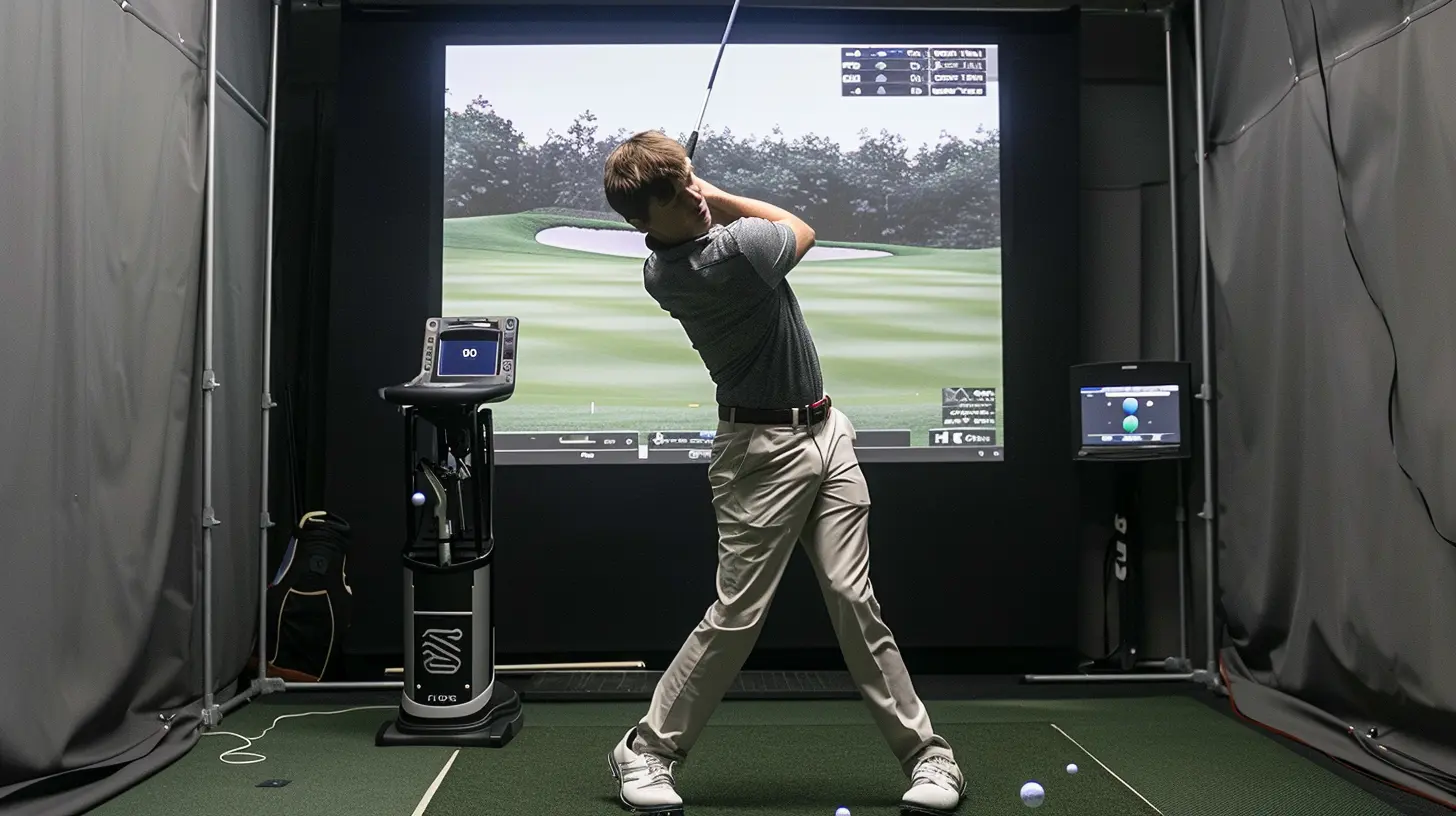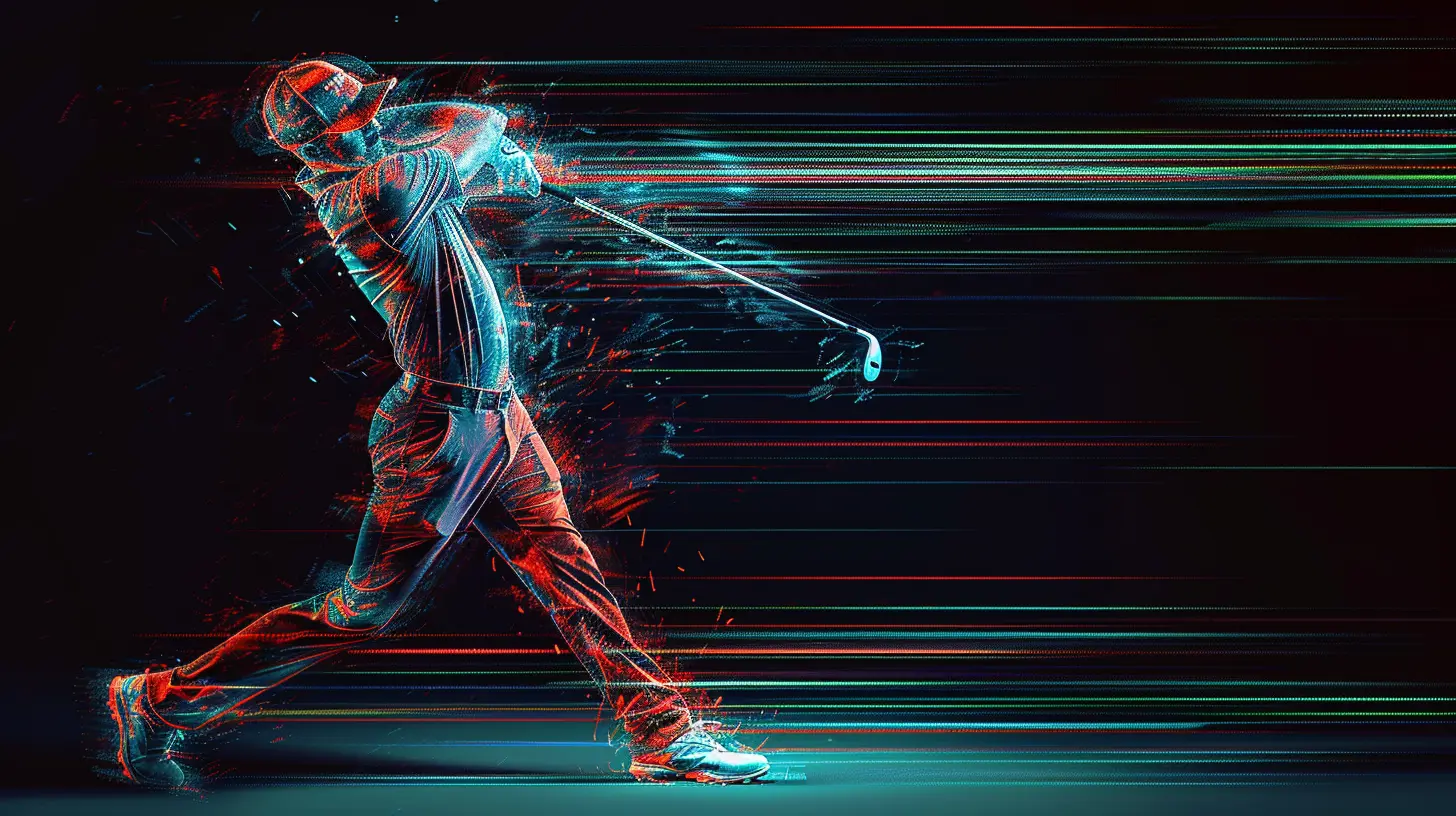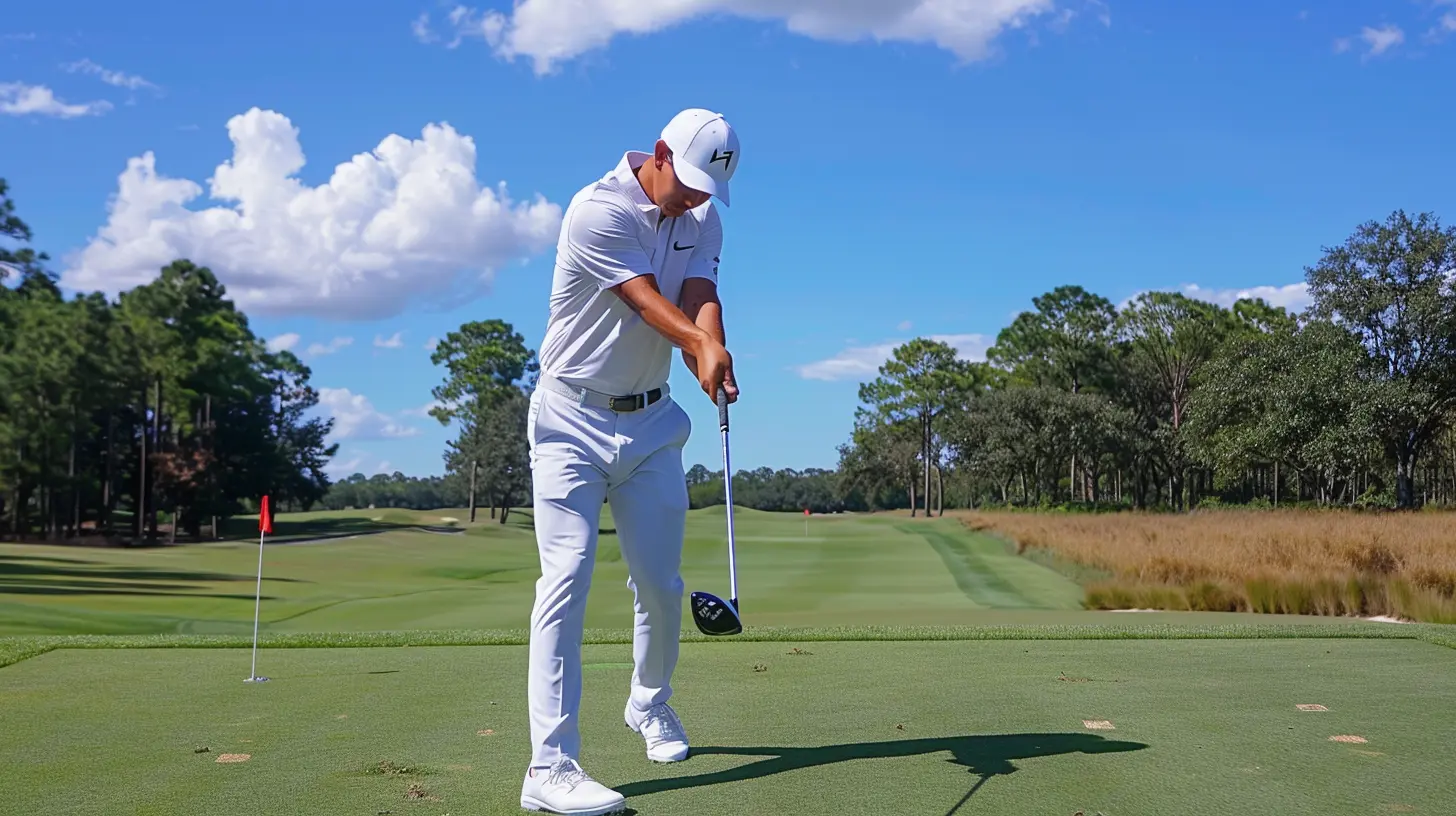The Science Behind Perfecting Your Golf Swing: A Biomechanical Approach
1 June 2025
Golf is as much a science as it is an art. Every great golfer, from Tiger Woods to Jack Nicklaus, understands the importance of mastering the biomechanics of a swing. A perfect golf swing isn't just about raw power—it's about precision, balance, and efficiency. By understanding the science behind it, you can improve your game dramatically.
So, let's break it down and see how biomechanics can help you refine your golf swing. 
Understanding Biomechanics in Golf
Biomechanics is the study of movement and how forces interact with the body. In golf, every swing involves a complex sequence of joint rotations, muscle activations, and balance shifts.A perfect swing isn’t about brute strength—it’s about transferring energy efficiently from your body to the club and finally to the ball. When done correctly, you get maximum power with minimal effort. 
The Key Phases of a Golf Swing
A golf swing isn’t just one motion—it’s a series of coordinated movements. Let’s break it down into its key phases and examine the biomechanics behind each.1. The Setup & Stance
Your stance is your foundation. Get this wrong, and the rest of your swing will suffer. A proper setup should include:- Feet Shoulder-Width Apart – This provides stability and balance.
- Slight Knee Flexion – Helps with movement fluidity.
- Hip Hinge – A slight bend at the hips maintains posture.
- Relaxed Grip Pressure – Too tight, and you’ll lose flexibility; too loose, and you’ll lose control.
Biomechanically, a solid stance ensures efficient force transfer. Think of it like the foundation of a house—if the base is weak, everything above crumbles.
2. The Backswing: Storing Energy
The backswing is all about building potential energy. Your body acts like a coiled spring, storing power for the downswing.- Hip and Shoulder Rotation – The more you rotate (without overextending), the more power you can generate.
- Weight Transfer – Shift your weight slightly to your back foot to load power.
- Arm Positioning – Keep your lead arm straight to maintain consistency.
A good backswing ensures you harness maximum energy rather than relying solely on arm strength.
3. The Downswing: Generating Power
Now comes the most critical phase—unleashing all that stored energy.- Sequential Motion – Power starts from the ground, moving up through your legs, core, and finally to your arms and club.
- Hip Rotation – Your hips should start turning before your shoulders for a powerful, controlled swing.
- Club Lag – Delaying the release of your wrists increases clubhead speed, leading to more distance.
Biomechanically, the downswing is where energy is transferred efficiently. Imagine cracking a whip—the motion starts slow but speeds up rapidly at the end. That’s how an effective downswing works.
4. Impact: The Moment of Truth
Impact is where science meets art. This split-second determines the ball’s trajectory, spin, and power.- Consistent Contact – Striking the ball with the clubface’s sweet spot ensures accuracy and power.
- Forward Shaft Lean – A slight forward tilt of the shaft improves compression and control.
- Weight Shift – At impact, your weight should have shifted to your front foot for maximum force.
If the impact is off, your shot will suffer. Even a minor miscalculation can lead to a slice, hook, or loss of distance.
5. The Follow-Through: Completing the Swing
A great swing doesn’t end at impact—it continues into the follow-through. Ever notice how pro golfers finish with perfect balance? That’s no accident.- Full Rotation – Your hips and shoulders should finish facing the target.
- Proper Weight Distribution – Most of your weight should now be on your front foot.
- Club Control – A smooth follow-through prevents wild shots.
A proper follow-through ensures you’re not cutting your swing short, which could lead to inconsistencies. 
How to Optimize Your Swing Biomechanically
Now that we've broken down the phases, let’s look at some ways to improve your swing using biomechanics.1. Strength & Flexibility Training
Golf isn’t just a skill game—it’s a physical one. You need strength and flexibility to achieve maximum efficiency.- Core Workouts – A strong core provides stability and power.
- Hip Mobility Exercises – Helps with rotation and prevents injuries.
- Shoulder & Wrist Flexibility – Ensures smooth, fluid motion.
A stiff golfer is a limited golfer. The more flexible and strong you are, the better your swing mechanics.
2. Understanding Kinetic Chain Movement
The kinetic chain refers to how different parts of your body work together in sequence. A weak link in the chain leads to inefficiencies.- Lower Body First – The swing starts from the ground up.
- Proper Weight Transfer – Avoid swaying; focus on rotational movement.
- Controlled Tempo – Rushing any phase of the swing disrupts flow.
Top golfers perfect their kinetic chain to maximize efficiency and consistency.
3. Balance & Stability Drills
Golf is all about maintaining balance while generating speed. Try these:- Single-Leg Stance Drills – Improves stability.
- Bosu Ball Swings – Forces you to engage your core.
- Slow-Motion Swings – Helps detect balance shifts.
If you're off-balance, your swing will be inconsistent, and your accuracy will suffer.
4. Swing Speed & Efficiency
Speed is crucial, but only if it's controlled. Increasing swing speed while maintaining accuracy is key.- Use Resistance Bands – Helps improve clubhead speed.
- Work on Wrist Snap – Improves late-stage acceleration.
- Experiment with Different Grips – Some grips allow for quicker releases.
Speed without control leads to mishits. The goal is efficient energy transfer, not just brute force. 
Common Swing Mistakes & How to Fix Them
Even seasoned golfers make biomechanical errors. Here are a few common ones:1. Over-Rotating in the Backswing
- Fix: Limit unnecessary movement to maintain control.2. Early Wrist Release
- Fix: Keep wrist lag until the last moment for more power.3. Poor Weight Transfer
- Fix: Ensure a smooth transition from back foot to front foot.4. Inconsistent Follow-Through
- Fix: Finish your swing fully with balance.If you're making these mistakes, minor tweaks in your biomechanics can lead to major improvements.
Final Thoughts
Mastering your golf swing isn’t about raw strength—it’s about understanding how your body moves. By focusing on biomechanics, you can build a swing that maximizes power, control, and consistency.So, next time you hit the course, think of your swing like a well-oiled machine—each part working together seamlessly. Perfecting your golf swing takes time, but with the right biomechanical approach, you'll see game-changing improvements.
Now, grab your clubs and put some science into your swing!
all images in this post were generated using AI tools
Category:
Sports ScienceAuthor:

Frankie Bailey
Discussion
rate this article
3 comments
Nyx McMahon
This article provides valuable insights into the biomechanics of golf, helping players refine their swings for improved performance and consistency.
June 23, 2025 at 2:54 AM

Frankie Bailey
Thank you! I'm glad you found the insights helpful for refining your swing. Happy golfing!
Ashley Moore
Great read! Embracing the science behind your golf swing can really elevate your game. Remember, every pro was once a beginner, so keep practicing and have fun—your perfect swing is just a few swings away! ⛳️🏌️♂️
June 15, 2025 at 2:58 AM

Frankie Bailey
Thank you! I appreciate your encouragement and insight. Happy swinging! ⛳️
John James
Intriguing insights! Understanding biomechanics truly elevates the art of mastering your swing.
June 10, 2025 at 10:28 AM

Frankie Bailey
Thank you! I'm glad you found the insights valuable. Understanding biomechanics can indeed transform your swing!



